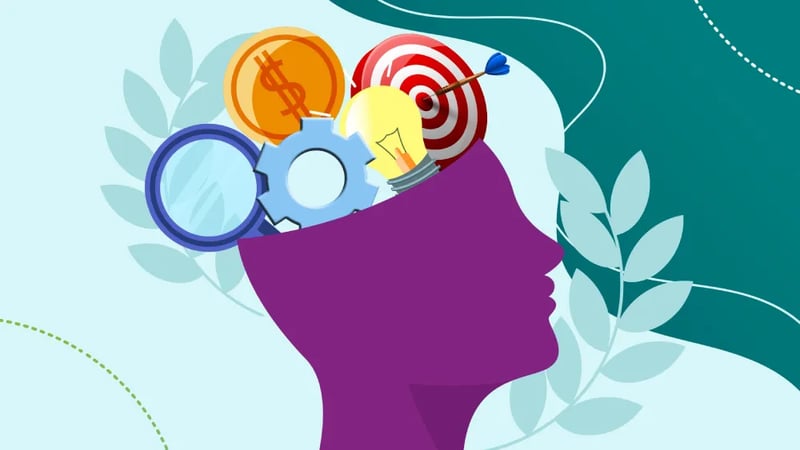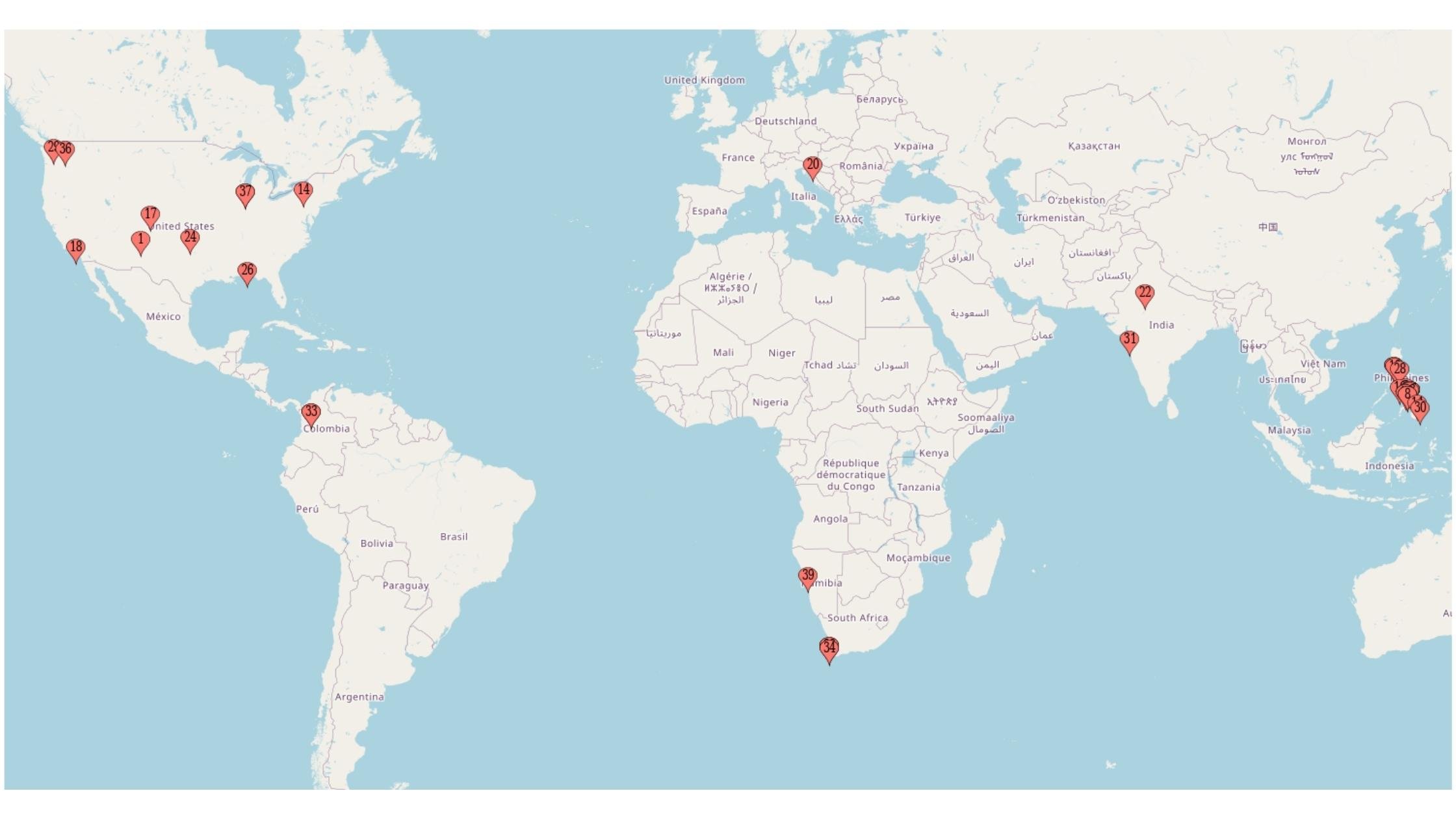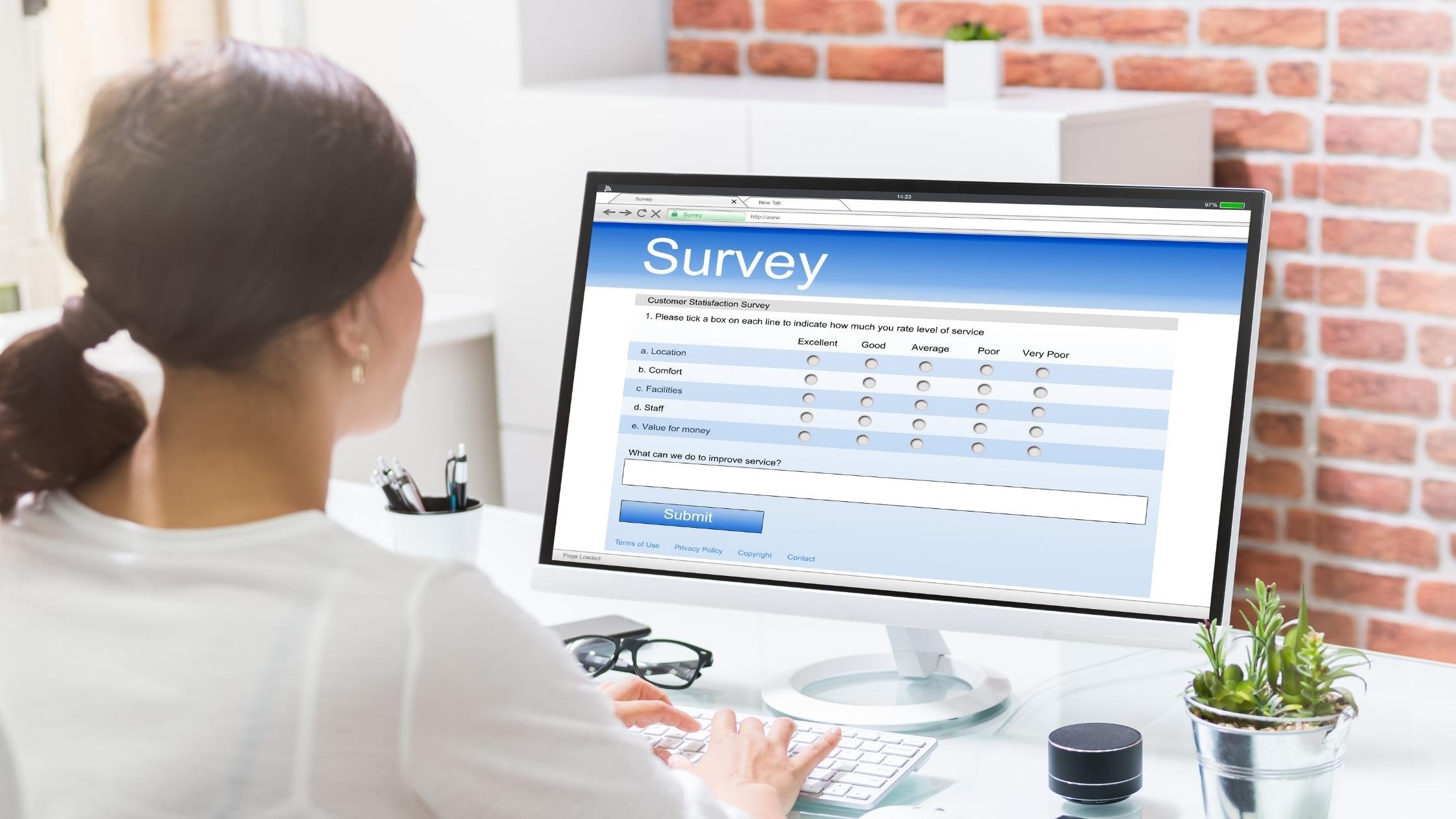28 Segmentation Ideas to Apply Right Now
0 min read
Nail the when, why, and how of marketing segmentation to tap into the power of personalized content. Don’t know where to start? Lay the foundation with these 28 ideas broken down by data type.
- Marketing segmentation is the act of dividing your audience into distinct groups based on their interests, characteristics, or actions for the sake of creating personalized content for that group.
- Segmentation is critical to meeting modern customer expectations.
- Segmented, personalized content promotes higher click-through and open rates, as well as higher customer retention, referral, and purchase rates.
Hot take: Marketing without segmentation is a waste of time.
Harsh, yes, but true nonetheless.
While you may manage to snag a few sales with a broad-strokes marketing approach, failing to segment means failing to connect with customers on the pain points that drive their buying decisions.
If you haven’t started segmenting yet, you’re about to have 28 fewer excuses for why.

What is Customer Segmentation in Marketing
Segmentation is the key to building brand loyalty, increasing revenue, and improving content marketing ROI. Instead of sending one vague mass message to your entire audience, creating segments allows you to connect with customers on a deeper level.
When you segment, you divide contacts into groups based on their similarities. For example, people who have purchased from you before could be an “Existing Customers” segment, while contacts who are CEOs may make up your “Business Leaders” segment. Each of these groups has a unique relationship with your company, and segments allow you to speak to the nuances of those relationships directly.
Existing Customers don’t want the same sales pitch that fresh prospects need. Business leaders will care about different features and metrics than end users. Your customers crave something relevant in their inbox and on their screen. Segmentation solves for this.
But it’s not only something customers want; it’s what they expect.
Recent McKinsey research reveals that 71% of consumers expect personalization, and when done right, personalization spurs them to take action. While 76% of consumers are more likely to purchase from brands that personalize, 78% of consumers are more likely to refer friends and family to companies that personalize as well. 78% of consumers are also more likely to make repeat purchases from companies that personalize.
%201.webp?width=500&height=272&name=image1%20(1)%201.webp)
Key takeaway: You need to start segmenting so you can personalize your content effectively.
Why Market Segmentation is Important
You have a lot of customers, and they aren’t all interested in the same things. Marketing to your entire audience at once is like throwing spaghetti at the wall and seeing what sticks. Most likely, a fair share of your contacts won’t be in the mood for pasta.
Essentially, marketing to everyone means marketing to no one effectively.
Segmented campaigns have a higher likelihood of producing conversions because they speak directly to the unique needs of a niche group rather than relying on ambiguities to appeal to a mass of disparate contacts at once.
Segmenting allows your team to drill down deeper into the needs, wants, worries, and habits of a particular microcosm in your audience. You are identifying groups with similar interests or behaviors that you can target with products and services that solve their pain points.
What are the Benefits of Customer Segmentation
Segmentation comes with a proven payoff. HubSpot found that subscriber segmentation was the most effective strategy for email marketing campaigns, followed closely by message personalization and email automation campaigns - which segmentation enables as well.
SuperOffice put this theory to the test: Does segmentation improve email performance? To find out, they sent two emails. The first was sent to their entire list of subscribers, while the second was sent to a list of contacts segmented based on interest. Though the first message received impressive results, the segmented email dramatically outperformed it with a staggering 94% open rate and a 38% click-through rate.
Mailchimp reported similar findings in 2017, cementing segmentation’s long-standing role in successful email marketing strategies.
The true value of segmentation lies in these engagement stats. Your customers are more invested in content tailored to their interests or intent. Thus, they are more likely to open the email, click the link, and buy the thing because they know that it’s relevant to them. The Data & Marketing Association quantified this increase in action, reporting that segmented campaigns drive a 760% increase in email revenue.
Identify a pattern > Create a segment > Plan a targeted campaign > Earn more
How to Do Customer Segmentation
Before you start niching down your audience, you’ll need to set parameters for your segments. There are four buckets your contact data may fall into - demographic, psychographic, behavioral, and geographic. Selecting one of these categories will be the springboard for a basic segmentation strategy.

How you choose which data category to focus on first will depend on a number of factors, including how rich your contact data currently is. Segments should be concentrated enough to make your messaging specific, but large enough to be worthwhile. Take a look at the data you have and compare it to your campaign goals to find overlap.
- Do you have a lot of customers in a particular market? Try geographic segmentation.
- Want to test a loyalty program to see if it boosts repeat purchases? Look into behavioral data.
- Have a product that’s perfect for new parents? Focus on demographics.
- Need to reach an audience with champagne taste? Explore psychographic segmentation.
The when and why of your segmentation strategy should be outlined early on. Otherwise, you’ll get stuck in the weeds trying to justify erroneous segments to your overwhelmed content team.
Keep scrolling for a few ideas to get you started.
28 Segmentation Ideas by Data Category
Demographic Segmentation:
Nothing but cold, hard facts in this category. Demographics are the nitty gritty “age, sex, location” data we are always picking up on. These stats give you a general picture of who is in your audience without the nuance of how those characteristics impact their behavior, ideals, or interests. Apply demographics when you need to target broader groups, clarify your target audience, or capitalize on trends in your data
Apply It:
- Target decision makers based on their job titles.
- Celebrate and support your contacts’ gender identities.
- Promote products and services that connect to your contact’s profession.
- Appeal to family status with timely, empathetic offers.
- Focus on your ICP by segmenting for income and occupation.
- Plan promotions and events around religious or national holidays celebrated by your audience.
- Tap into your audience’s nostalgia with age-relevant references.

Psychographic Segmentation:
This is the introspective cousin of demographic data. Psychographics dig deeper to track the interests, beliefs, politics, and preferences of your target audience. Where demographics are quantitative, psychographics are qualitative - they tell you the why behind who they are. Use this data to create campaigns that speak directly to the irrational, hyper-human parts of our buying decisions.
Apply It:
- Appeal to the taste of your audience with luxury or budget-friendly offerings.
- Play into your segment’s sense of humor.
- Engage audiences by indulging pieces of their personalities (think quizzes for the curious and polls for the opinionated).
- Connect to current events that align with their politics.
- Tap into their interests with seasonal references (like football season starting or the end of the fiscal year).
- Identify new product and service opportunities based on your audience's attitudes.
- Cultivate like-minded communities to enhance, expand, and replicate your reach.
Behavioral Segmentation:
Actions speak louder than words. Trust your customers to show - rather than tell - you what they want. Track your audience’s behavior to get a clear picture of what interests them, what services they need, and which content appeals to them. Then, use behavioral segmentation to capitalize on their buying habits.
Apply It:
- Reward loyalty with exclusive promotions.
- Surface additional assets based on past content interactions.
- Connect customers to services that match their interests.
- Detect intent and act on it following surges in activity.
- Retarget customers based on their initial or recent referral sources.
- Re-engage contacts who have been dormant for a while.
- Track trends and correlations between behavior, buying stage, and other metrics.
 Geographic Segmentation:
Geographic Segmentation:
Location, location, location! A sense of place can impact the buyer’s journey. Take what you know about your audience geography to create hyperlocal campaigns and localize your outreach.
Apply It:
- Let your audience know when you’ll be in their city.
- Assign sales reps or support providers based on regionality.
- Deliver product recommendations suited to local seasonality.
- Accommodate cultural and colloquial language in your outreach.
- Alert locals when your services expand to their area.
- Invite your contacts to regional events in their area.
- Notify customers of promotions or opportunities when they are nearby your location.
Tips for Personalizing Content for Your Segments
Start Small
Your segmentation does not need to include hundreds of deeply niched groups to be effective. Assess your data to identify trends, pick out targets, and start testing segments. You can always expand or pivot your approach as time goes on.
Choose Carefully
Consider the data that you’ve collected from your contacts. Depending on the software and site elements you use, one data category may be more robust than another. Identify an area where you have enough data to confidently and accurately customize content for a segment. The segment will also need to be large enough to justify the time you’ll spend personalizing content, so hone in a populous group or a high-value subset.
Keep It Simple
A key tenant of segmentation is that your messaging will shift (even if only slightly) to match the needs of each segment. That doesn’t need to create a ton of work for your team! Create the skeletal structure of a targeted message, then beef it up. Use personalization tokens to automatically insert relevant information from a user's contact record. You’ve undoubtedly already tried “hello, <first.name>” but the same concept allows you to customize for business name, city, or any other property present in your contact records.
Accuracy is Everything
Data hygiene is vital to successful segmentation. Nobody wants to receive an email with inaccurate information or assumptions about them. Make sure that names are capitalized, details are up-to-date, and you have a plan for cleaning your data regularly. Workflows can help you here by automating the process.
Forms Aren’t the Only Way
Whether you use HubSpot forms or our partners at JotForm, forms are great for gathering data and developing segments: More than 80% of consumers polled by Formation.ai said they were willing to share basic personal information in exchange for a more personalized experience. However, with the rise of demand generation strategies that give away the goods for free instead of gating them behind a form, how are you supposed to collect a user’s info? There’s software out there that can capture user data the second they land on your website - no form fills needed.
Don’t Be a Creep
Never use data that the customer didn’t hand to you themselves to personalize your content. It’s creepy to land on a page for the first time and see a welcome message featuring your name. How did they know?! Though there are plenty of ways to gather contact data without anyone ever filling out a form or offering up their details, you don’t want to tap into these insights for personalization. Count on first-party data to provide the information you need. And do we even need to mention that you shouldn’t purchase third-party data?
Get Started with Segmentation
You’re ready to hit the ground running. Just remember that the reason segmentation works is because it fosters connections between you and your customers. Never let the human element get eliminated from your marketing! That’s how you end up with sloppy, inaccurate personalization that drives customers away.
Use segmentation as a means of making customers feel seen, heard, and appreciated. The rest will follow.



.gif?width=500&name=Your%20B2B%20Strategy%20Needs%20Intent%20Data%20(1).gif)
_Version1.jpg?width=352&name=DR_Blog_%205%20HubSpot%20Features%20Nonprofits%20Can%E2%80%99t%20Afford%20to%20Ignore%20(with%20September%202024%20Updates!)_Version1.jpg)

